You know what's wild? Spotify now hosts half a million video podcasts, and nearly 400 million users have already watched them. Put that in perspective for a second. That is more than the entire population of the United States consuming video podcast content on a single platform. The fascinating part is not just the size of the numbers, but the shape of the change. Podcasting itself is getting rewritten, and it is happening faster than anyone predicted.
Video podcasting continues to climb in popularity with no end in sight, and the engine behind it is not who you might expect. Gen Z. They are not just dipping their toes in; they are remaking how podcasts get consumed, created, and monetized. Crucially, video is not a bolt-on for them; it is the baseline for long-form content.
Why Gen Z is driving this video revolution
Let's break it down. Younger listeners are changing the game, not just picking a format. Among podcast listeners aged 15 to 29, thirty percent primarily watch video content with some audio, while an additional 22% split their time equally between watching and listening. That is not a minor tweak. It is a reset of how an entire generation engages with long-form content.
What is driving this shift? Gen Z grew up on YouTube, TikTok, and Instagram, platforms where visual storytelling is how content gets found and shared. They expect visual cues, facial expressions, and context to sit alongside the audio. Think about where their discovery happens: social clips, algorithmic recommendations, viral moments. In that native ecosystem, audio only struggles to keep up.
The broader media landscape backs this up. Nearly half of all digital media time (49.2%) goes toward video consumption, while only 16.5% involves digital audio. The speed is the kicker. Weekly podcast users who exclusively watch video content jumped to 13% in October 2024, up from just 7% in October 2022. That nearly doubled in two years, a clear sign of accelerated behavior change.
The most telling stat? Edison Research found that 84% of Gen Z monthly podcast listeners have consumed a podcast that included a video component. When more than four out of five listeners pick video-enabled shows, you are looking at a generational expectation that will only harden as this audience ages and gains spending power.
How creators are capitalizing on video opportunities
The creator economy around video podcasts is blowing up, and the monetization playbook looks different. New revenue streams exist that audio-only has never offered. Video podcasts unlock significantly greater monetization potential, with brands investing heavily in video advertising and sponsors paying premium rates for visual placements. Think about the difference. Instead of a simple host read, sponsors can show product demos, integrations, and visual stories that command higher CPMs.
Here is the strategic twist. Sponsors are particularly eager to collaborate with video podcasts that serve niche audiences. That flips the script for independents with smaller but engaged communities. Rather than chase raw downloads, they can sell precise reach and visual integrations that old-school podcasting could not deliver.
The platform data backs it up. Spotify's Partner Program is attracting independent creators faster than traditional podcast networks, and it is not just small shows. Half of YouTube's top 10 most-watched podcasts have already joined Spotify's Partner Program, established hits that diversify because the revenue justifies the extra production work.
The money side is tangible. Most creators in the Partner Program now earn more than they did from dynamic ads alone, and the number of creators actively publishing video content monthly on Spotify has grown by more than 50% year over year. Real revenue travels fast in creator circles.
Pro tip: If you are considering video, you do not need Hollywood polish to start. Many of the biggest shows are well-lit conversations with clean audio. The visuals do not need to be cinematic; they just need to feel genuine and give the context modern audiences expect for clips and sharing.
The platform wars: Spotify vs YouTube vs everyone else
Here is where it gets spicy. The race for video podcast dominance has turned into a multi-front battle that is pushing rapid innovation and creator-friendly features across the ecosystem. YouTube has emerged as the leading platform for podcast consumption, with 31% of weekly podcast listeners in the US choosing it as their primary service, and 53% of podcast audiences watch on YouTube. That is a head start and a big target on its back.
Each platform has a different strength. Spotify and YouTube are racing to dominate video podcasting, each rolling out new tools to attract users and advertisers. YouTube leans on mature video infrastructure, discovery at scale, and monetization tools. Spotify brings deep podcast analytics, music audience crossover, and evolving revenue-sharing models.
Then there is the Netflix factor. It felt unexpected at first, and it fits their evolving content strategy. Netflix is moving into video podcasts to rival YouTube, offering long-form creators more exposure and income potential. The hybrid approach is telling. Netflix's first original, " The Big Pitch With Jimmy Carr," debuts on YouTube rather than Netflix itself, signaling plans to merge premium podcasting with production quality over time. In short, they are testing distribution before committing to exclusivity.
The growth numbers reflect the heat. Video podcasts on YouTube have seen 70% year-over-year growth, while Spotify shines in creator adoption and monetization innovation. The upshot is that creators who work multiple platforms benefit more than those who bet on a single channel.
The strategic takeaway: Pick platforms that match your style, audience, and goals. YouTube favors discoverability and viral moments. Spotify emphasizes audience intimacy and creator revenue tools. Netflix looks set up for premium production that bridges entertainment and podcasting.
What this means for content discovery and engagement
The move to video is changing how audiences find and engage with podcasts. The algorithms' ability to capture attention, boost discoverability, drive live interaction, and improve audience retention is reshaping the entire industry. The kicker, platforms like YouTube, TikTok, and Instagram Reels prioritize live and short-form video, and podcast clips drive significant organic reach.
One episode can spawn dozens of clips, extending its life across social platforms, pulling in new listeners, and sparking viral moments that audio-only cannot match. You have seen it in your feed, the authentic exchange, the surprise reveal, the expert nugget that gets shared again and again. Audio only struggles to reach that kind of organic distribution.
The engagement story seals it. More than 70% of users who consume video podcasts watch them in the foreground, meaning they actively watch instead of letting them run in the background. That level of attention opens the door to deeper engagement, stronger sponsor fit, and tighter communities with higher lifetime value.
Preferences are moving so fast that video feels less like a bonus and more like table stakes. Nearly two-thirds of podcast listeners say they prefer podcasts with video, and half of new podcasts that build sustained audiences now include video components. With over 4 million podcasts available globally, video helps shows stand out by creating richer, more engaging experiences that cut through an oversaturated audio market.
Discovery systems reward video because it fuels more signals, watch time, clicks, shares, comments, and social lift. Those metrics tell platforms to push video podcasts, creating a flywheel that favors creators who go visual over those who stay audio only.
Where the video podcast revolution heads next
Bottom line, the way audio is created, distributed, and consumed is being rebuilt, and the pace is picking up. Spotify's video creator push is part of their ongoing revenue growth strategy, so expect continued investment in tools, monetization, and platform upgrades. Spotify's first ad exchange, launched in April, primarily offers video inventory, a signal that advertisers are already shifting budgets to video podcast placements because they perform better.
Look at the consumption patterns, and the trajectory feels locked in. Video consumption hours have expanded rapidly on Spotify, and platform metrics point to continued acceleration as younger audiences age into prime listening years. This is not a blip; it is a reset in how people expect to consume long-form content.
Looking ahead, video podcasts represent the next frontier for both audio and video streamers alike because they blend the intimacy of audio with the discoverability and engagement of video. That convergence opens new lanes for creators, advertisers, and platforms, not just format tweaks, but shifts in storytelling, community building, and revenue.
Technology will only speed this up. As 5G expands, tools get easier, and AI-powered editing cuts costs, the barriers to making video podcasts fall while the advantages keep growing.
Here is the takeaway. With 400 million users already watching video podcasts on Spotify alone, this is not a trend; it is the new reality of podcast consumption. Whether you are a creator trying to grow, a brand eyeing podcast ads, or a listener exploring new ways to engage, video is reshaping the media landscape in ways we are only starting to grasp. Platforms are investing billions, creators are seeing real revenue, and audiences are voting with their viewing time. The revolution is just getting started, and early movers will have the edge as the shift continues.




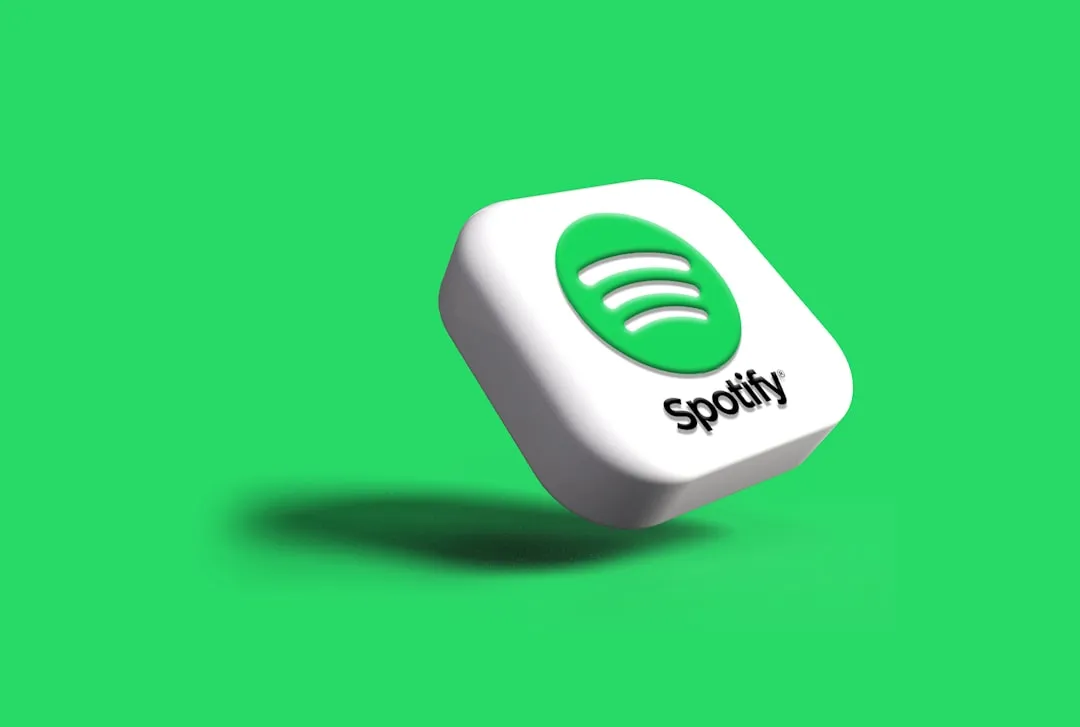

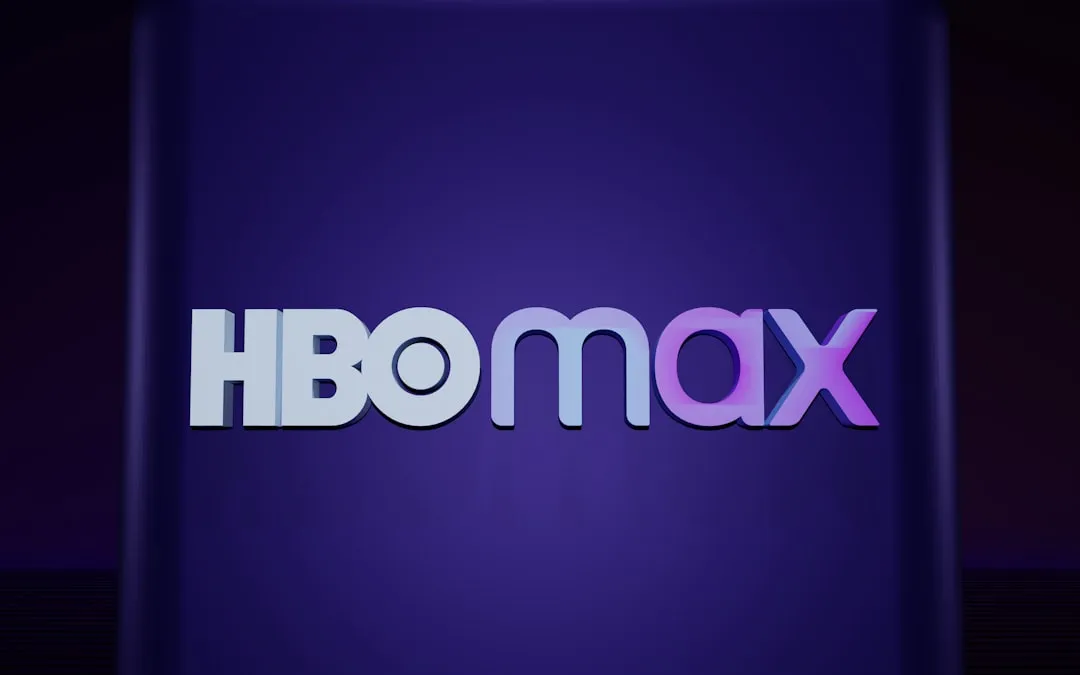


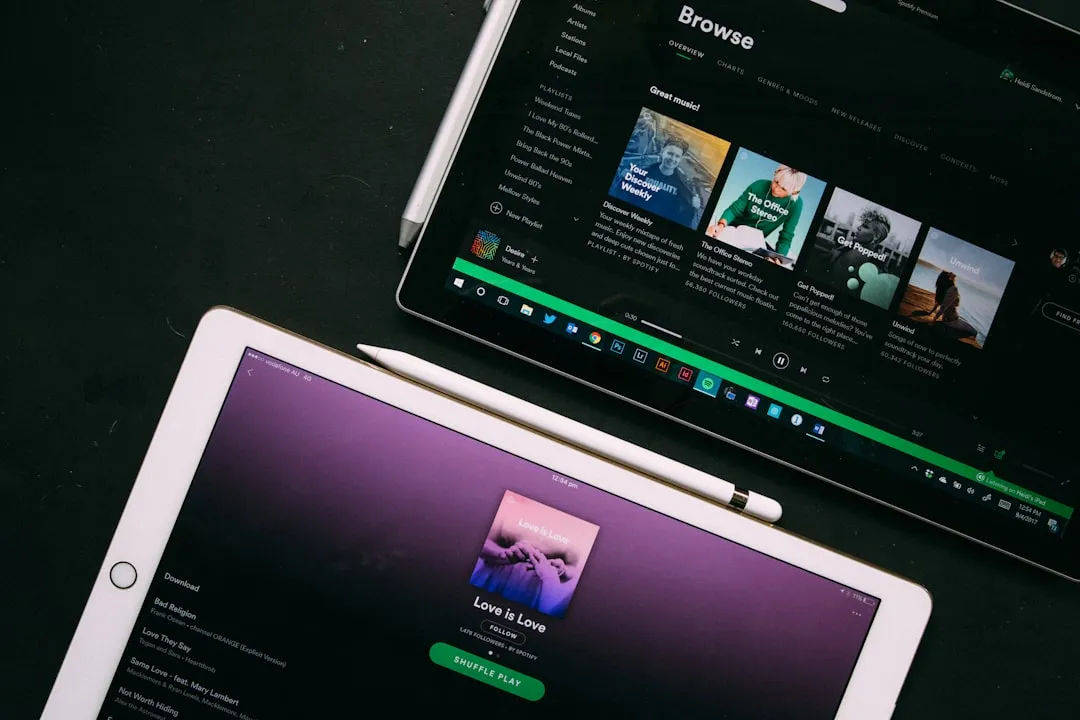


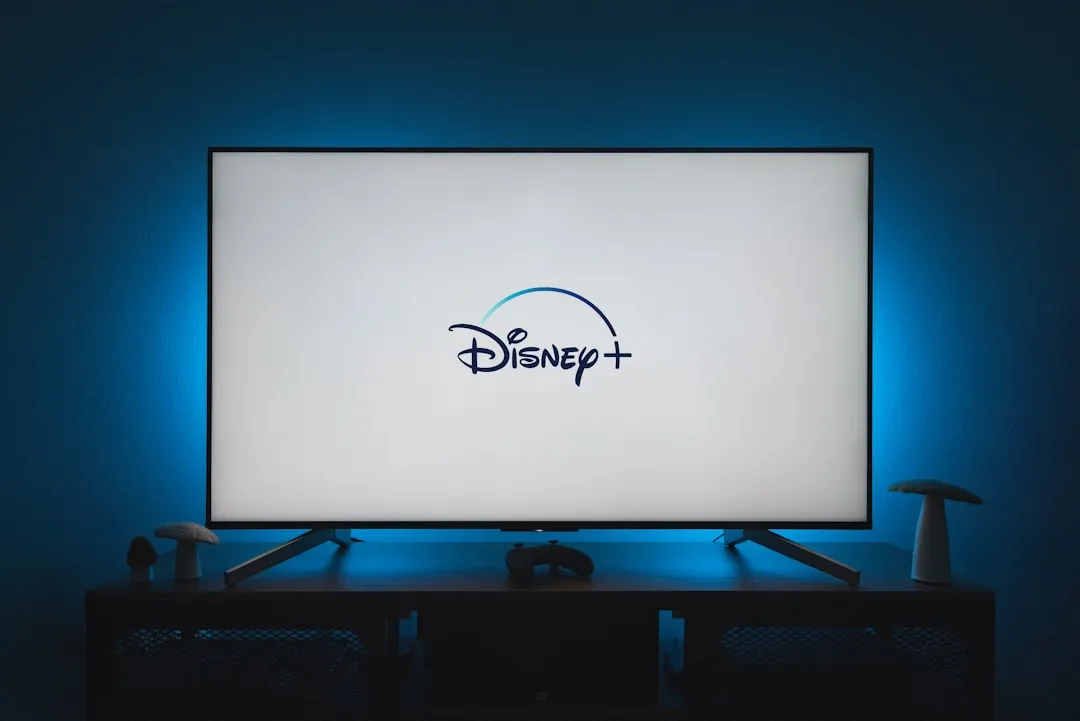
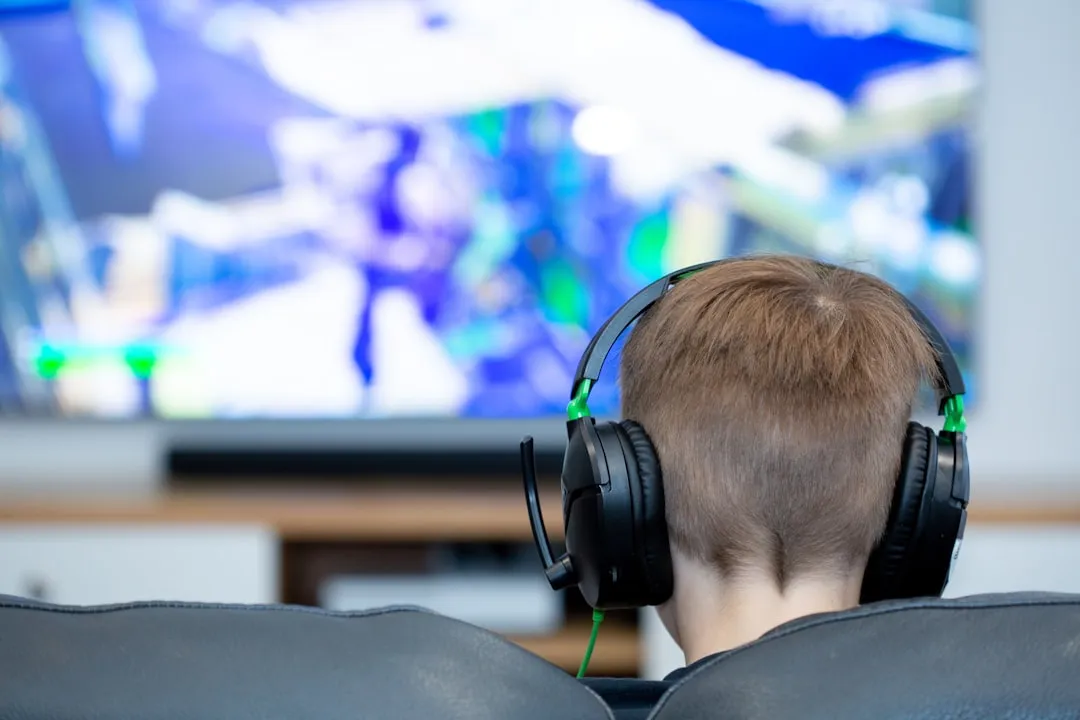

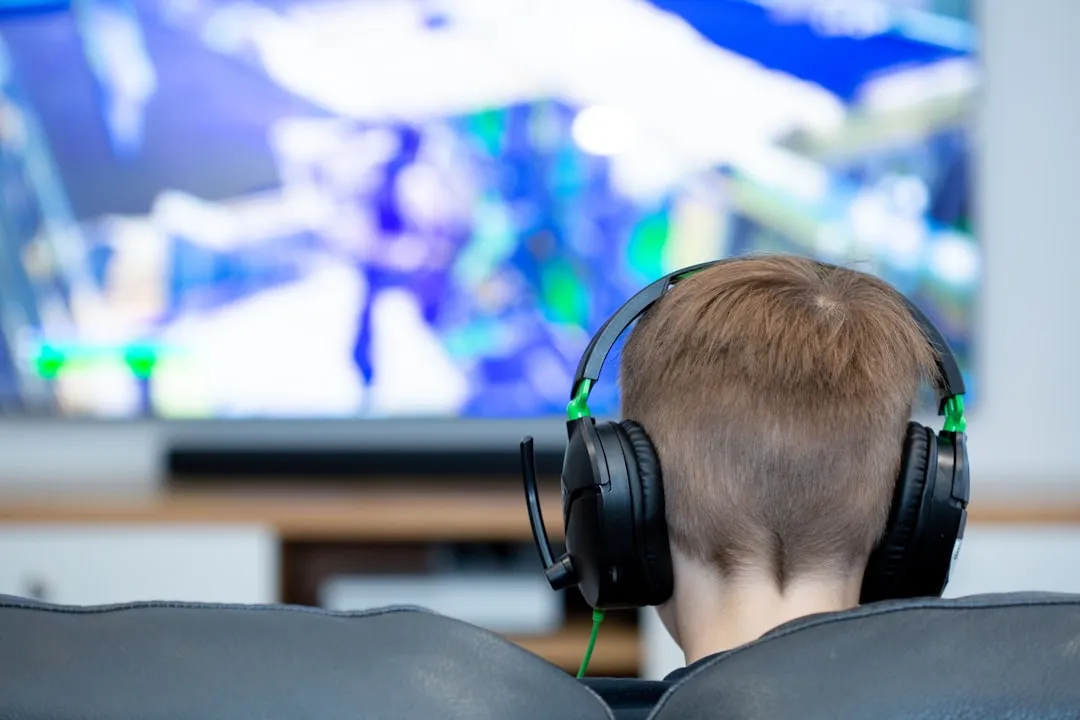
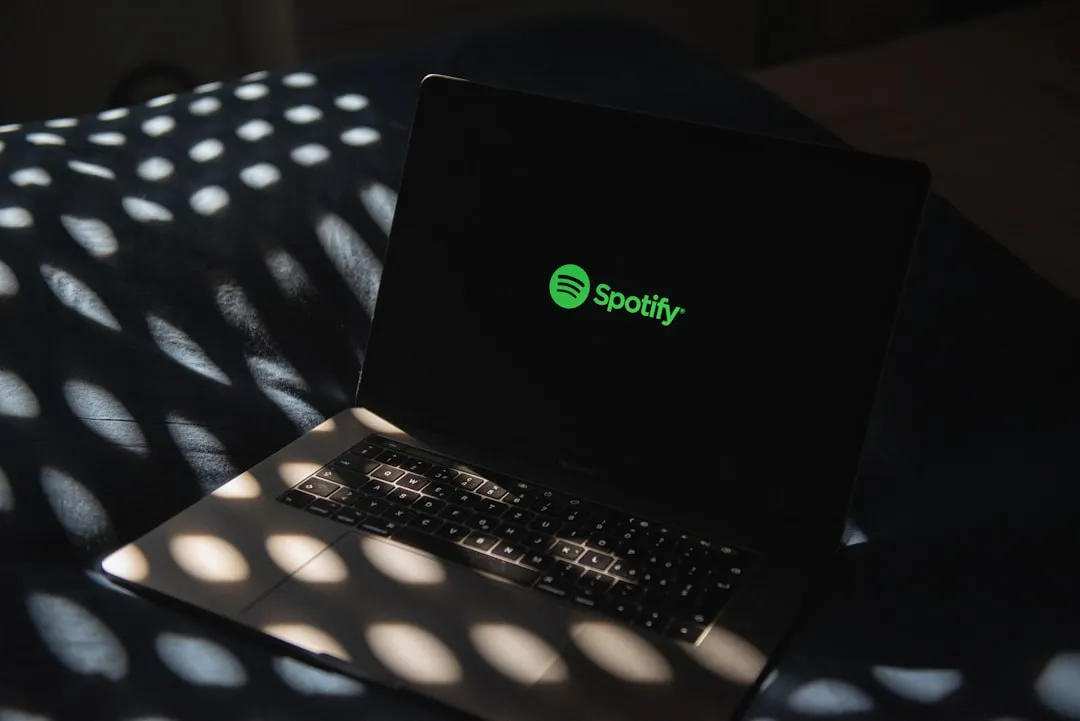

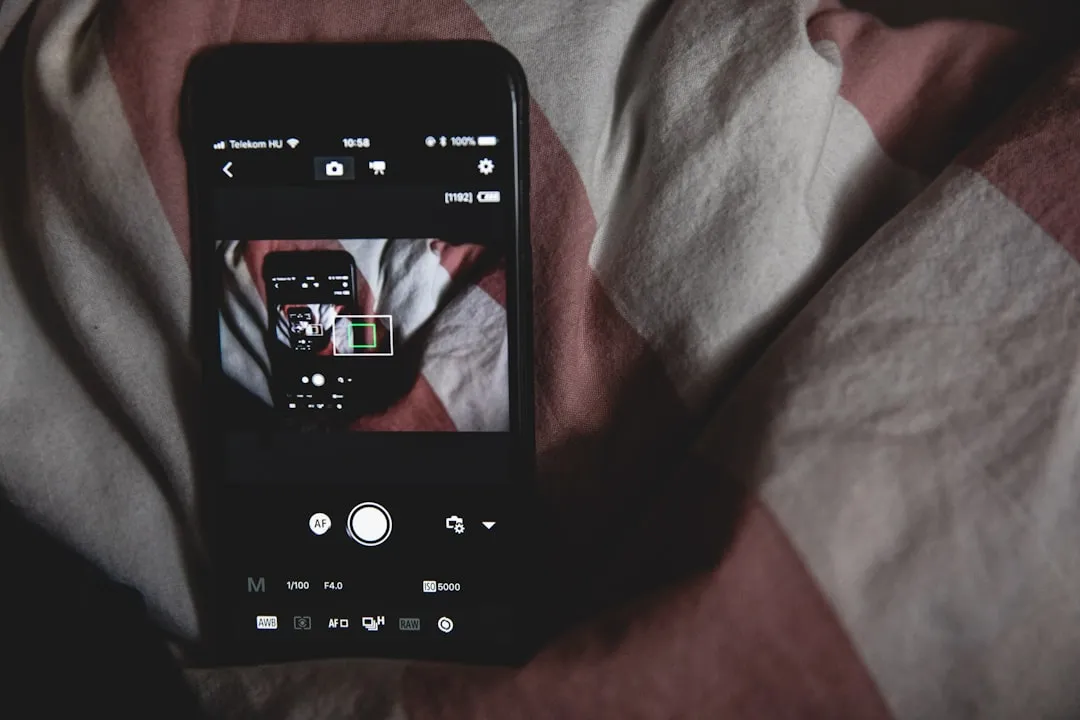
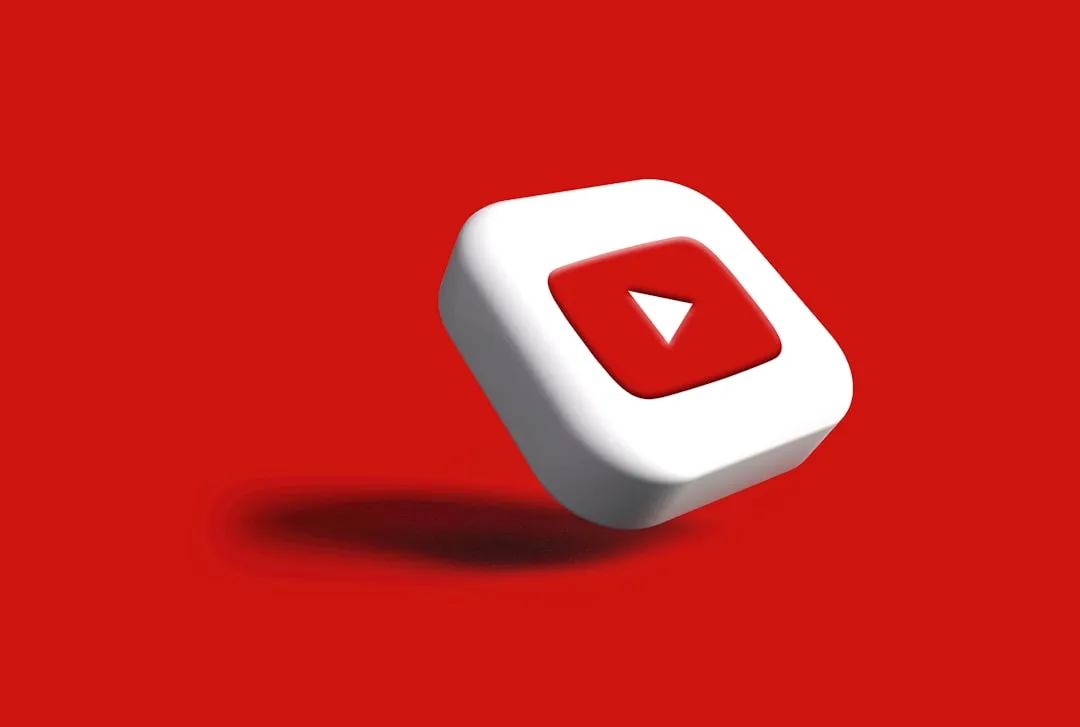
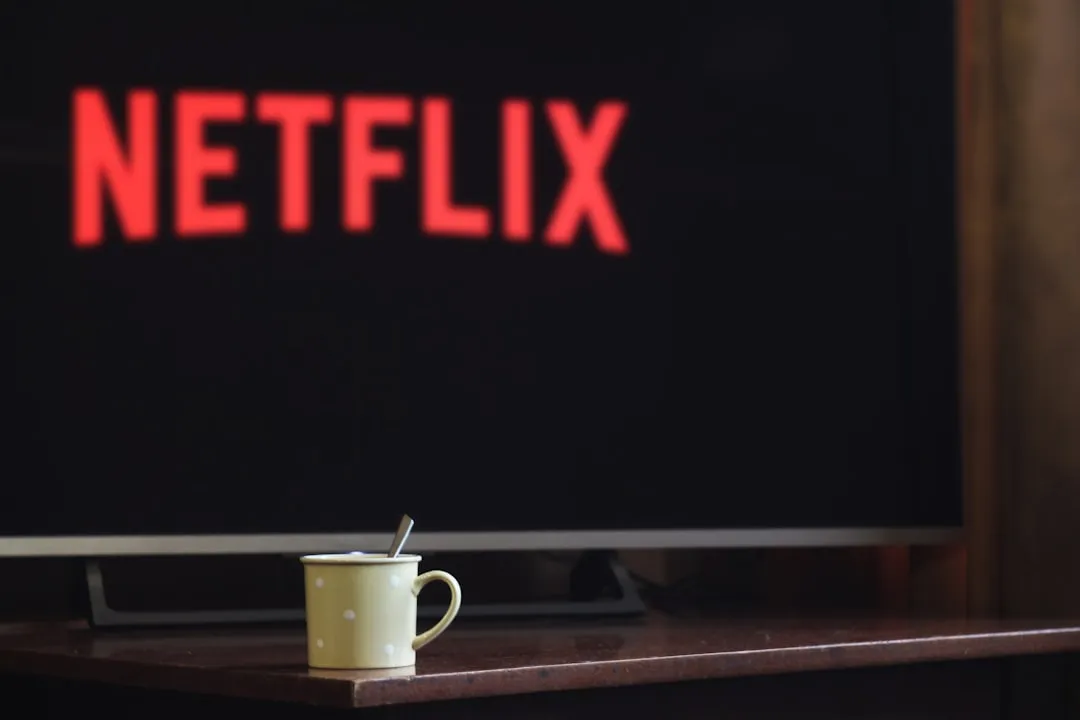

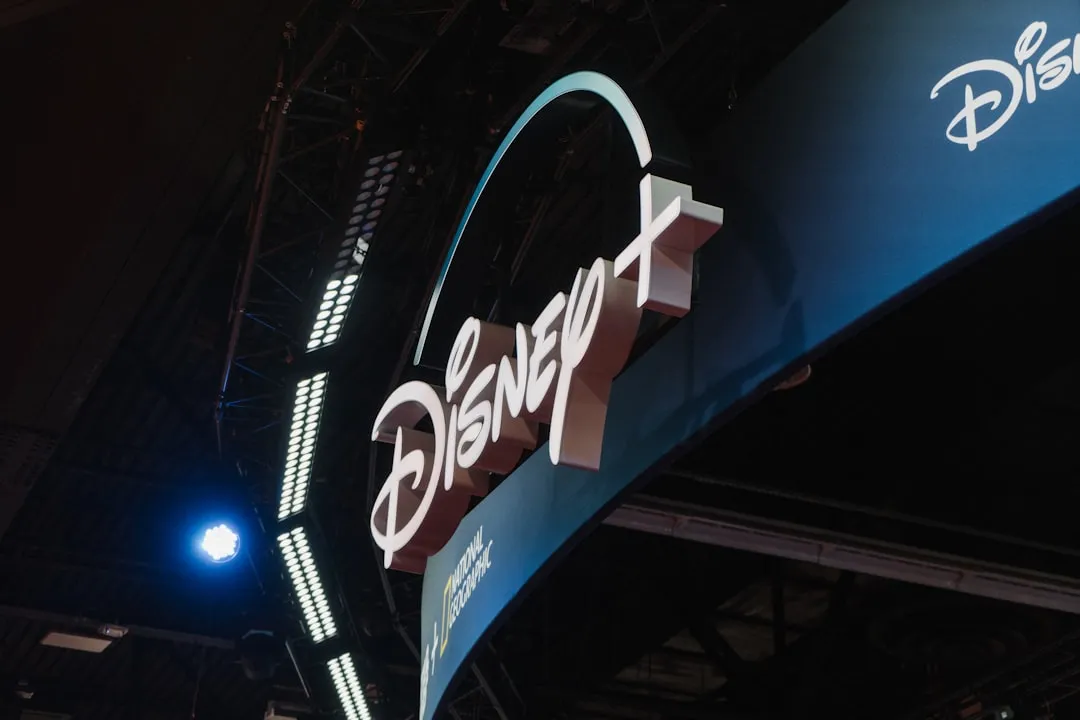
Comments
Be the first, drop a comment!